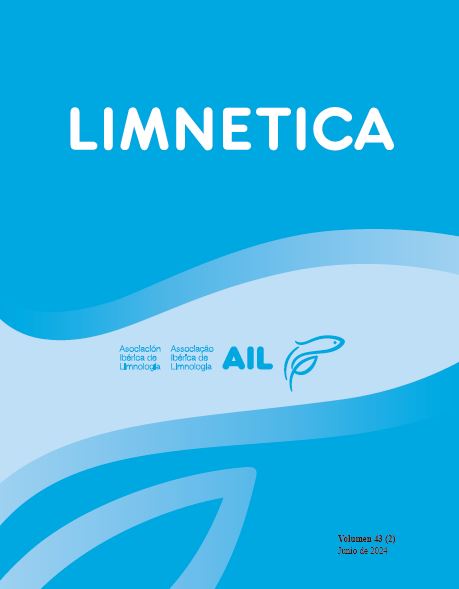A comparative analysis of water quality guidelines for fluoride in Canada and Spain
Comparing Canadian and Spanish water quality guidelines for fluoride
Resumo
Although anthropogenic fluoride (F−) pollution is a serious worldwide environmental problem, only a few countries have currently established national water quality criteria to protect freshwater biota. In this paper, I carry out a comparative analysis of water quality guidelines for fluoride in Canada and Spain. The Canadian water quality benchmark of 0.12 mg F−/l (maximum allowable concentration) prevents Canada’s fresh waters from significant adverse events of fluoride pollution, thereby protecting sensitive native aquatic invertebrates and adult-migrating Pacific salmon. By contrast, the Spanish water quality benchmark of 1.7 mg F−/l (annual mean concentration) allows not only continuous levels of fluoride pollution more than six times higher than natural fluoride concentrations in Spain’s fresh waters, but also much higher intermittent levels of fluoride pollution (> 15 mg F−/l). This unacceptable scenario is contrary to the present environmental aim of zero pollution in the European Union. Consequently, in light of existing toxicological data, I recommend a Spanish water quality benchmark of 0.15−0.25 mg F−/l (maximum allowable concentration) for adequately protecting sensitive native aquatic invertebrates, such as amphipods, caddisflies and crayfish, from anthropogenic fluoride pollution. The recommended water quality guideline for fluoride could also protect adult-migrating Atlantic salmon, and prevent significant fluoride bioaccumulation in tolerant freshwater organisms.
Downloads
Publicado
Edição
Secção
Licença
Autores que publicam nesta revista concordam com os seguintes termos:.
Limnetica está licenciado com uma Creative Commons Atribuição-NãoComercial 4.0 Internacional.


